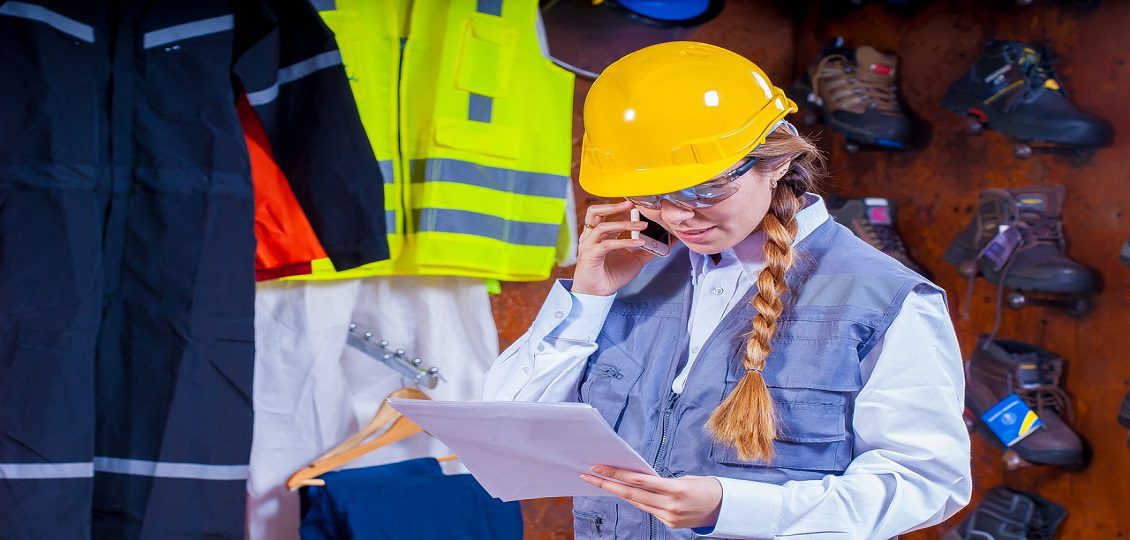By Dean T Nicol
Protective Equipment Explained
This section gives advice about general personal protective equipment (PPE), which may be required to protect against injury. Hard hats: On almost all sites there is a risk of injury from falling materials. Minimise these risks by providing suitable barriers and toe boards at the edge of work platforms to prevent materials from falling. Deal with the remaining risks by providing suitable head protection. The Construction (Head Protection) Regulations 198940 make specific requirements about hard hats. Hard hats are required where anybody might be struck by falling materials or where people might hit their heads.
These are just some of the hazards to consider: loose material being kicked into an excavation; material falling from a scaffold platform; material falling off a load being lifted by a crane or goods hoist or carried on a site dumper or truck; a scaffolder dropping a fitting while erecting or dismantling a scaffold. Decide on which areas of the site hats have to be worn. Tell everyone in the area, if necessary make site rules. Provide employees with hard hats. Make sure hats are worn and worn correctly. There are many types of hat available; let employees try a few and decide which is most suitable for the job and for them. Some hats have extra features including a sweatband for the forehead and a soft (or webbing) harness. Although these hats are slightly more expensive, they are much more comfortable and therefore more likely to be worn.
Footwear
Is there a risk of injury from either: materials being dropped on workers’ feet; or nails, or other sharp objects, penetrating the sole? If so, boots with steel toecaps and mid-soles may be needed. Foot protection comes in many types and styles and manufacturers offer advice on the most suitable footwear for specific types of hazard. Wellington boots are essential in preventing burns from wet cement or concrete as the cement content, when mixed with water, becomes highly corrosive and can cause severe burns to the skin.
Goggles and safety spectacles
These are required to protect against: flying objects, eg when using a nail gun. To provide adequate protection goggles should be shatter-proof – check the manufacturer’s specification; sparks, eg when disc-cutting; ultraviolet radiation from welding – specialist goggles or shields are required; chemical splashes. Eye protection should be readily available in sufficient numbers so that any that are lost, destroyed or become defective can be replaced. If protection against corrosive splashes is needed, visors can protect the whole face.
Outdoor clothing
Where employees regularly work outdoors and they cannot be sheltered from the weather, wind and waterproof clothing will be needed. There should be facilities for storing clothing not worn on site and protective clothing as well as for drying wet clothing, A major hazard to the skin is exposure to ultraviolet rays from the sun. The effects can vary from sunburn (blistering and peeling of the skin) to permanent damage and increased risk of skin cancer. Construction workers who are outdoors for long periods of time are at the greatest risk and should take steps to protect their skin by: wearing a long-sleeved top and covering their legs; regularly applying high-protection sun cream to exposed skin; and carrying out periodic checks for any visible changes in skin, such as changed or newly formed moles or any skin discolouration.
High-visibility clothing
Many accidents happen when people in hazardous positions cannot be seen. It is important to plan work to avoid placing people in these positions. Where this is not possible, provide high-visibility clothing. It is essential that this clothing be kept clean if it is to be effective. Badly soiled garments should be replaced. High-visibility clothing will be needed wherever workers: could be run down by vehicles, eg signallers assisting with vehicles being manoeuvred and anyone engaged in roadworks; need to be seen by others to allow them to work safely, eg signallers assisting in lifting operations need to be clearly visible to the crane driver.
Gloves
Suitable gloves can protect against dusts (such as cement), wet concrete and solvents, which can cause dermatitis. They can also protect against cuts and splinters when handling bricks, steel and wood. A range of different gloves should be available to suit different jobs and different workers.
About









































